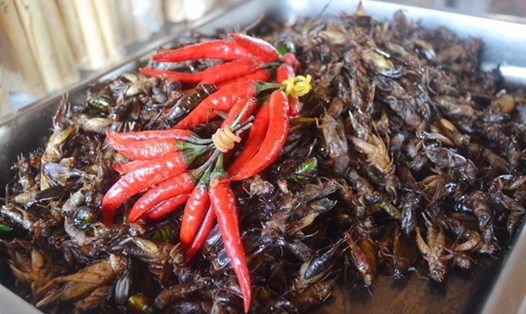In 1543, a Chinese ship carrying three Portuguese sailors headed straight to Macau but drifted to Tanegashima Island, Japan. Antonio da Mota, Francisco Zeimoto and Antonio Peixoto were the first three Europeans to set foot in Japan. They are considered by local residents as "Southern barbarians" due to their "unusual" direction and characteristics.
At that time, Japan was in civil war, so it finally started trading with Portugal, and buying and selling guns. A Portuguese business location has opened in Japan, starting with the sale of weapons, essential items such as soap, cigarettes, wool and even recipes.
Until 1639, the Portuguese were deported because General Iemitsu (reigned from 1623 to 1651) believed that Kristism was a threat to Japanese society. When the last trains left, the Portuguese left an indelible mark on the land of the rising sun: The fried green bean recipe is called cabbageos da horta. Today, it is called tempura and has been a major Japanese dish ever since.
No one knows the exact origin of peixinhos da horta. "We know it existed in 1543. But before that, who owns the recipe, you don't know" - said Mr. Jose Avillez, a Michelin-starred chef (the oldest and most strict restaurant measurement in the world - PV), working at the famous restaurant Cantinho de Avillez in Lisbon ( portugal).
However, peixinhos da Horta is just one of many dishes that Portuguese people are inspired by around the world. Peigonhos da Horta is often eaten during vegetarian lent or Ember weeks. The word Tempura comes from the Latin word tempor - referring to these vegetarian weeks.
"At that time, people beat and fried a green bean-like vegetable. In addition to the small fish in the garden, we call them peixinhos da horta. You can't eat meat on a vegetarian week, so this is a good alternative," Avillez said.
There are also some other alternatives. "When the poor can't buy fish, they will fry coffee beans instead," Avillez said. The fishermen will fry the bean seeds to store and use on long trips.
And not limited by tradition, the Japanese have made the fat flour famous and changed it by adding it to the ingredients. Today, everything from shrimp, sweet potatoes to shitake mushrooms is processed into tempura.
"Japan takes the dishes from us and they make better," Avillez said.





